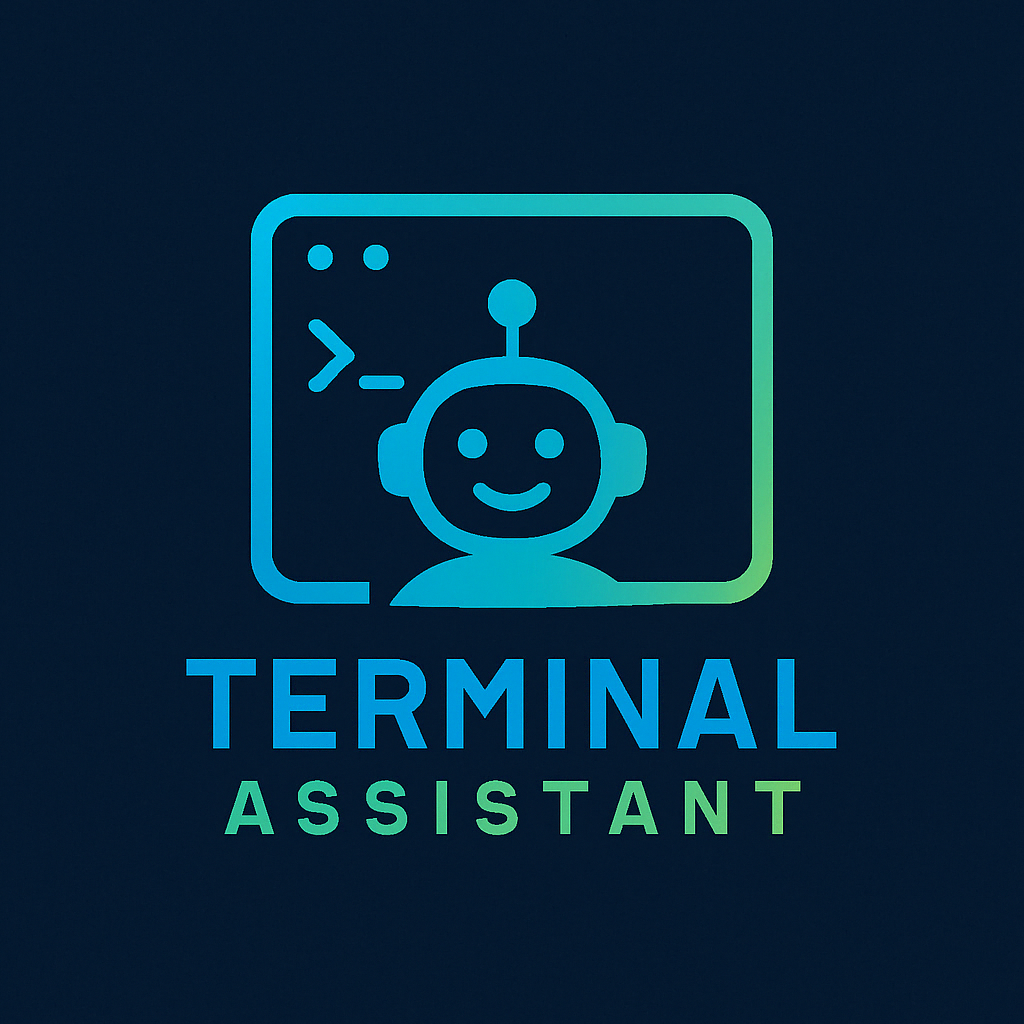Human Intervention: A Critical Safeguard in AI Agent Systems

Human Intervention: A Critical Safeguard in AI Agent Systems
In the design and deployment of AI Agent systems, human intervention mechanisms serve as critical safeguards ensuring reliability, safety, and user experience. This article explores the importance of human intervention in AI Agent systems and how Terminal Agent implements seamless human-AI collaboration through innovative mode switching features.
The Key Role of Human Intervention
Human intervention is a vital safety mechanism that enables you to improve an AI Agent’s real-world performance without compromising user experience. This mechanism is particularly important in several aspects:
- Early Deployment Stage: Helps identify system failure points and uncover edge cases
- Establishing Evaluation Cycles: Forms robust system evaluation and improvement mechanisms
- Handling High-Risk Operations: Provides human oversight for sensitive, irreversible, or high-stakes operations
- Exceeding Failure Thresholds: Takes control when AI fails after multiple attempts
Terminal Agent’s Human-AI Collaboration Modes
Terminal Agent implements flexible and powerful human-AI collaboration mechanisms through innovative mode switching features. The core feature is the “@user” and “@ai” mode switching functionality, which allows users to seamlessly transfer control in different scenarios:
@user Mode: User Takeover
When you enter the @user command in Terminal Agent, the system immediately switches to user takeover mode. In this mode:
- AI transfers complete control to you
- All commands are directly input and executed by you
- AI only provides suggestions and explanations, without proactively executing commands
- The system clearly marks that it’s currently in user takeover mode
This mode is particularly suitable for scenarios requiring fine-grained control, or when AI cannot correctly handle complex situations.
@ai Mode: AI Autonomous Operation
When a task needs to return to AI autonomous operation, simply enter the @ai command, and the system will switch back to AI mode. In this mode:
- AI autonomously plans and executes tasks based on your instructions
- Each command still requires your confirmation before execution
- AI proactively provides solutions and execution paths
This mode is suitable for routine tasks or scenarios where you already have confidence in the AI’s capabilities.
Practical Application of Mode Switching
The following demonstration video shows the human-AI collaboration mode switching functionality in Terminal Agent, including how to use the @user and @ai commands:
In this demonstration, you can see how users can seamlessly switch between AI autonomous mode and user takeover mode to handle complex operation scenarios. This flexible control mode allows users to take over the system when needed and return to AI autonomous mode after completing specific operations, achieving true human-AI collaboration.
Conclusion
Human intervention mechanisms are essential components in AI Agent system design. Terminal Agent, through its innovative “@user” and “@ai” mode switching functionality, provides a flexible and efficient approach to human-AI collaboration.
This design philosophy recognizes that while AI can handle many routine tasks, human judgment, adaptability, and expertise remain irreplaceable in complex scenarios. By allowing users and AI to seamlessly switch control, Terminal Agent creates a truly collaborative work model that leverages the advantages of both.
As AI technology continues to evolve, this form of human-AI collaboration will become increasingly important. By adopting appropriate human intervention mechanisms, we can ensure that AI systems maintain safety, reliability, and operation in line with human expectations while improving efficiency.
